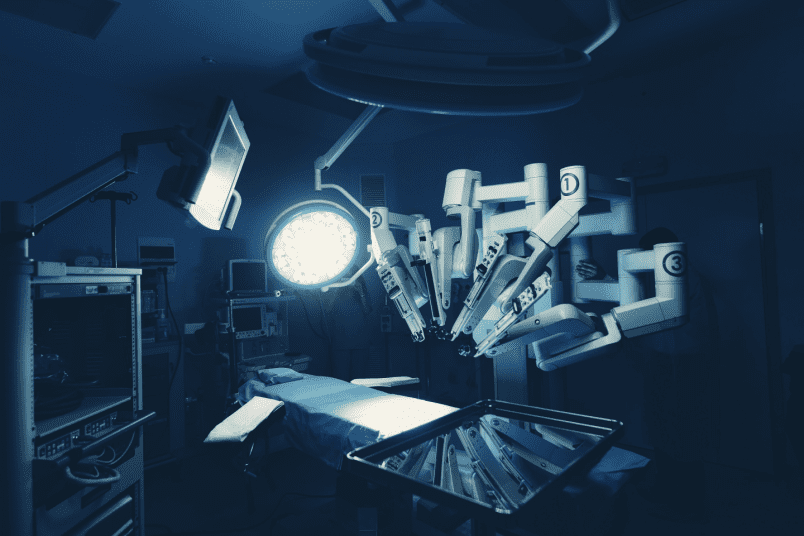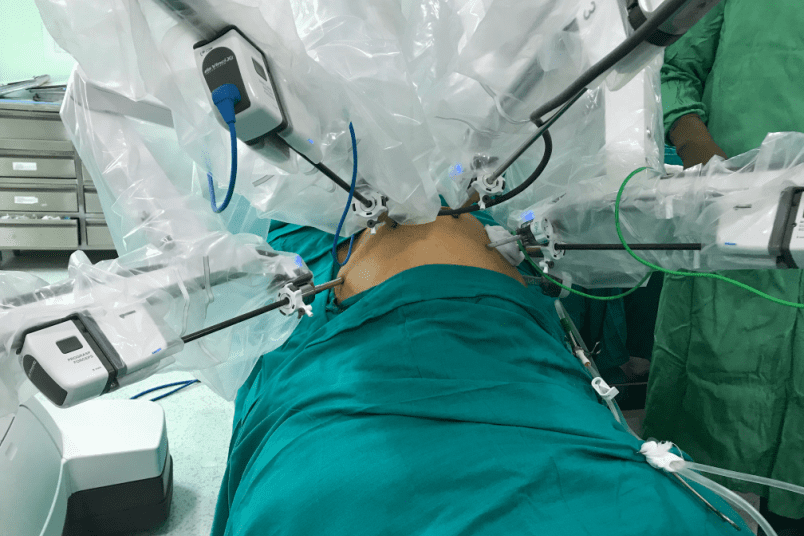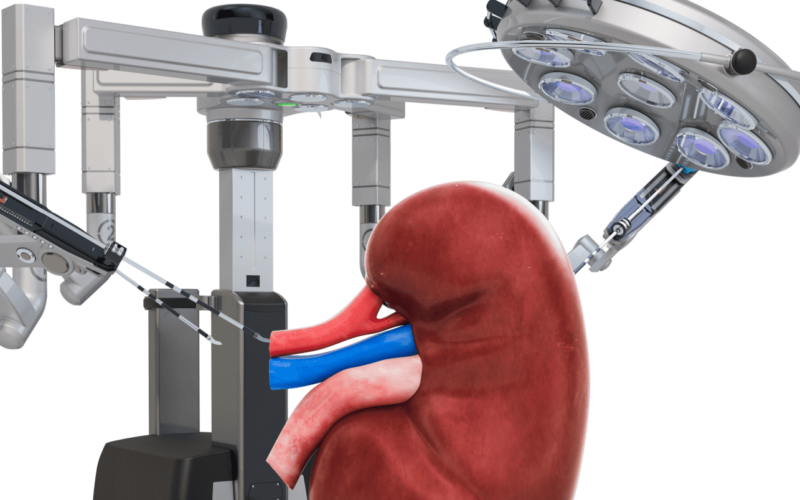Surgical procedures for the treatment of urological diseases are often a much-debated topic. There are two types of surgery in practice today: invasive surgery or traditional open surgery and minimally invasive surgery. Minimally invasive surgery is further divided into classic laparoscopic and robotic or robot-assisted surgery.
Robotic surgery in urology is the latest cutting-edge technology in treating various urological problems. Since it is a minimally invasive surgery, more and more people are opting for it these days. The precision of the robotic technology makes it ideal for use in treating delicate and complex urological surgeries. For dealing with complicated reconstructions for congenital abnormalities of internal reproductive organs, and the kidneys and bladder, robotic surgery may be the appropriate answer.
Robotic surgery in urology

Robotic surgery entails use of miniaturized surgical instruments, guided by an advanced robot. As this is a type of minimally invasive surgery, there are negligible cuts and incisions involved. All kinds of bladder, kidney, and prostate cancer can be treated with robotic surgery. Other than these, other non-cancerous conditions of these organs can also be rectified through this procedure. Some conditions in urology that can be treated through robotic surgery include:
Procedure of robotic urology surgery

Robotic surgery makes use of a specialized robot that performs the urological surgery. Surgical instruments are attached to the arms of this robot and manipulated remotely by a surgeon from a workstation. This means that the doctor need not himself be physically present at the operating theater.
Meanwhile, the surgeon visualizes the procedure on a monitor that allows a 3D vision to perceive the depth. The image on the monitor can also be enlarged. The operation is performed in such a way that it is less invasive and requires small punctures instead of a large incision. This means that the time to heal is very short and the person can resume normal activities sooner than would be the case in conventional open surgery.
The advantage of a robot-assisted surgery is that maneuvers that are humanly not possible such as rotating the surgical instruments by 360 degrees, can be done efficiently by the robot. Another plus point is that the robot eliminates the tremors associated with human hands while reproducing the surgeon’s movements. This gives a 100% precision in surgery.
Before and after the robotic surgery

Excessive use of gym supplements has adverse consequences for kidney health.
Advantages to patients
There are many benefits to patients in a robotic surgery when compared to the traditional surgery. Some of these are:
Robotic urology surgery offers a host of advantages over traditional open surgery. However, the above listed benefits of robotic surgery in urology are subject to the success of the procedure and the patient. Consult expert urologists who can guide you better on this before taking a decision.
The urologists at NU Hospitals are quite adept to perform a robotic urology surgery. Armed with the latest state-of-the-art technology and medical knowledge about the procedures, the urologists at NU Hospitals carry out these intricate procedures smoothly. If you or your loved one is suffering from a urological condition that requires immediate surgery, you can always approach NU Hospital experts for clarity and guidance on these procedures.
References.
Author: Dr. Prasanna Venkatesh M K

